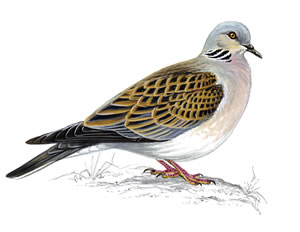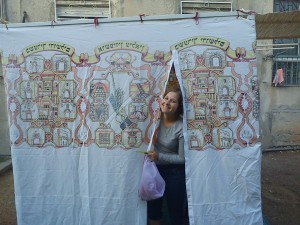 Jews around the world are involved three thousand year old ritual called ‘the Counting of the Omer’.
Jews around the world are involved three thousand year old ritual called ‘the Counting of the Omer’.
The period between the second day of Pesach (Passover) and Shavuot (Pentecost) is called the Omer. According to Scripture; this forty nine day period between the Exodus from Egypt and the giving of the books of law, the Torah, on Mount Sinai was marked by a daily sacrifice of barley and the appointing of a daily ‘count’.
Now that there is no longer a Holy Temple in Jerusalem Jews around the world mark the day by counting which day it is every night, for instance 2 nights ago we counted ‘1 day of the Omer Count’, the day after we counted two and so on.
There are many different responses to how to make this relevant to daily life. Many people focus on a separate moral issue every day. Many people have a different spiritual theme every day (typically they follow the 49 kabbalistic permutations mentioned in the Jewish books of mysticism).
A novel response by Rabbi Bobby Silverman has been to assign a different bird of Israel to each day. The bird pictured above is a Turtle Dove, the kind commonly found in the Sinai Peninsular and in Israel.
For more information see
http://us4.campaign-archive2.com/?u=d76e2f3a6435dec0b480fa8fa&id=2361993a65&e=e6b12d2f52
Or follow my tweets on
This word of Torah is devoted to the Health of Zlata bat Sima
This word of Torah is devoted to the health of Zlata bat Sima

